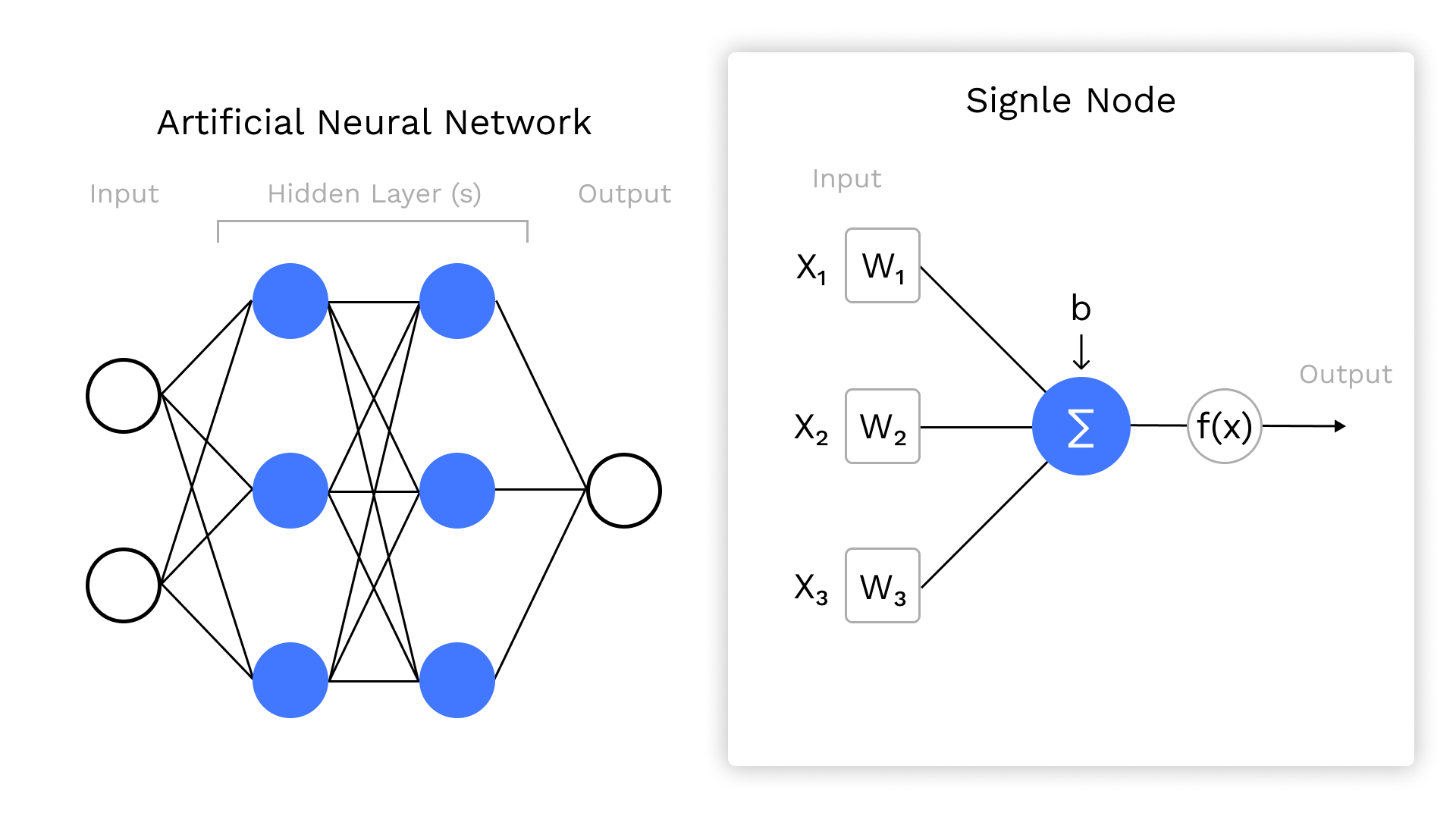Automotive Innovation of Artificial General Intelligence Through Initial Replication
Introduction
Many argue that humans are the most intelligent species to have ever existed, as they can develop any skill, from doing mathematics to dancing to cooking to writing a book. Yet, humans lack the ability to solve problems at scale, meaning they require significant time to process complex tasks and thus are unable to solve multi-faceted problems simultaneously. For that reason, in the past 100 years, humans have been encouraged to solve problems by using automation.
Humans are now entering an era in which the process of automation does not require any knowledge or skill other than an insightful understanding of how the human brain functions. Machine learning (ML) is a field that is growing exponentially due to the combination of innovation, replication of human cognitive, and psychological behaviours.
ML & the Human Brain
In the 21st century, the most commonly used machine learning method is deep learning, which utilizes artificial neural networks (ANN) that was initially inspired by the biological neural network in the human brain. ANNs simulate the biological process of neurons: they contain nodes (the “neuron”) that, based on previous inputs (the neurotransmitter) and their own mathematical calculations (the neurological factors), output decimal values between zero and one [see Figure 1. Output of Single Node][Kinsley].
Figure 1. Illustration of artificial neural networks, with emphasis on how nodes function (Image by Author)
This is very similar to how the neurons in the brain function. Each neuron receives neurotransmitters (input) from previous neurons through its dendrites. The received neurotransmitters will determine the neuron’s action potential, which would either lead into the next neuron or simply die off, similar to a node that outputs/returns a value of one or zero [Hawkins].
Figure 2. Illustration of different components of biological neurons (Image by Sophia Smith)
AGI Development
The main goal in the development of ML is to eventually create artificial general intelligence (AGI), an intelligent system that could learn to perform any tasks both humanly possible and impossible, combining the advantages of both the human brain and ML.
An example of AGI development can appear within the field of reinforcement learning (RL), which tries to replicate how a human brain develops from being a young child to eventually becoming an adult. In psychology, this process is called operant conditioning, where a child randomly takes action in the environment, and then receives either a reward or a punishment [Cherry]. Everyone desires reward and dislike the punishment, therefore the individual will naturally learn to do actions that create reward and avoid those that create punishment. Similarly, in RL, an artificial agent takes action (a) in an environment, and receives a reward (r) and new state (s) within the environment [Sutton]. Based on RL, AGI is not inspired by the final product, a fully grown brain, rather it is inspired by the process of the development of the brain, which largely comes from the rewarding mechanism.
Figure 3. Diagram Illustration of The Fundamental Components of Reinforcement Learning (Image by Author)
Advantages & Disadvantages
Whether the development of fully conscious artificial general intelligence will be a beneficial or adverse tool in the long term (a century) cannot be determined today. Although there are speculations as to what the impact of AGI could be.
In terms of benefits, AGI will allow for the existence of artificial intelligence with the ability to scale and perform tasks simultaneously with high accuracy and speed. For example, AGI could learn about any topic using the internet and develop any skill as it possesses the quantitative ability of computers and the qualitative ability of the human mind.
There are also disadvantages to AGI. For instance, an AGI may disagree with fundamental ethical and moral values that we humans generally agree upon. This problem is called The Alignment Problem, which is concerned with creating AGI that has values and objectives that are aligned with its creator’s values, which in this case, are humans [Gabriel]. Another issue with AGI is the inability to turn it off after it has been created. Since AGI, by definition, will be like a human, it would have desires for things such as freedom and independence. Because of this, it will be hard to see how AGI could be used by people as they did with simpler machines.
Conclusion
Humanity has always been trying to automate tasks for their benefit, and the greatest automation challenge currently is the creation of AGI. AGI is not being created from scratch but rather from inspiration and replication of the human brain. This trend of innovation, improvement of current technologies based on initial replication, illustrates how no one idea or thought is completely original. Using this understanding, people can now begin to realize that they too can develop new technologies, and it’s a matter of understanding current mechanisms and solutions in-depth to take inspiration.
Thank you for reading this article. If you have any feedback for my writing, or have found a mistake in this article, please message me using the Contact Us page.
References
Cherry, Kendra. “What Is Operant Conditioning and How Does It Work?” Verywell Mind, Verywell Mind, 3 June 2020, www.verywellmind.com/operant-conditioning-a2-2794863.
Gabriel, Iason. “Artificial Intelligence, Values, and Alignment.” Minds and Machines, vol. 30, no. 3, 2020, pp. 411–437., doi:10.1007/s11023–020–09539–2.
Hawkins, Jeff, and Richard Dawkins. A Thousand Brains: A New Theory of Intelligence. Basic Books, 2021.
Kinsley, Harrison, and Daniel Kukieła. Neural Networks from Scratch in Python Building Neural Networks in Raw Python. Harrison Kinsley, 2020.
Sutton, Richard S., and Andrew G. Barto. Reinforcement Learning: An Introduction. The MIT Press, 2020.



